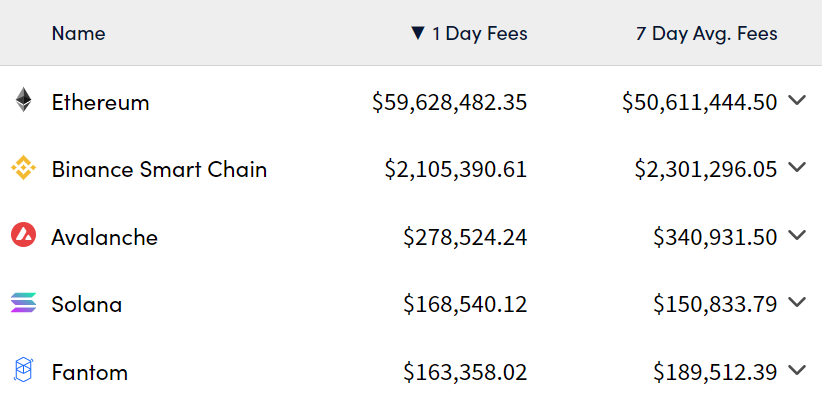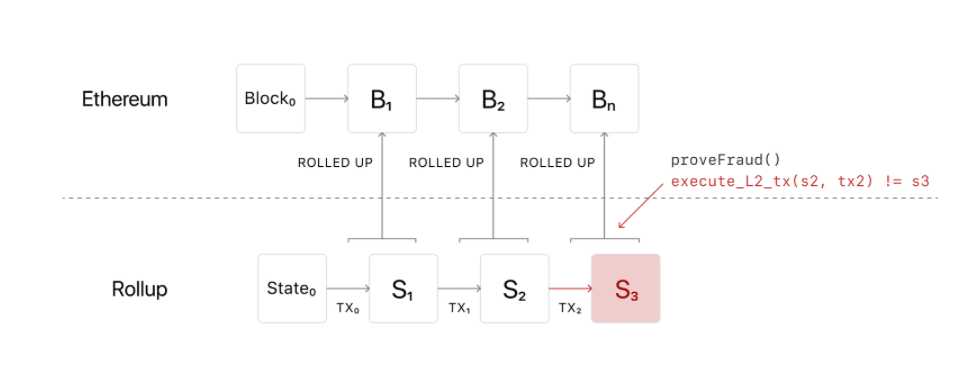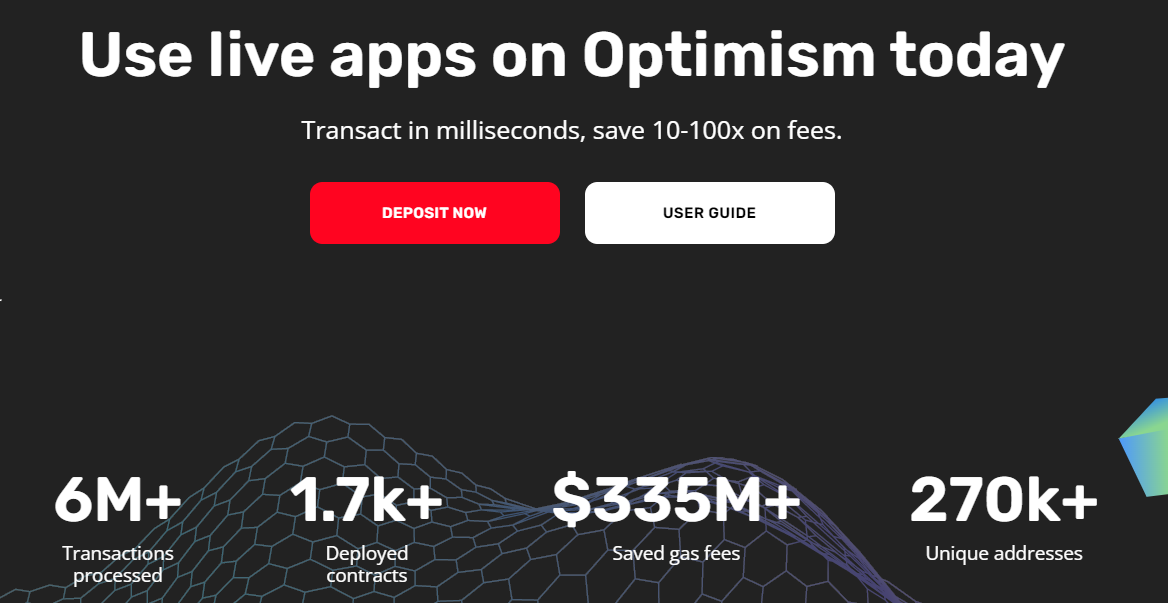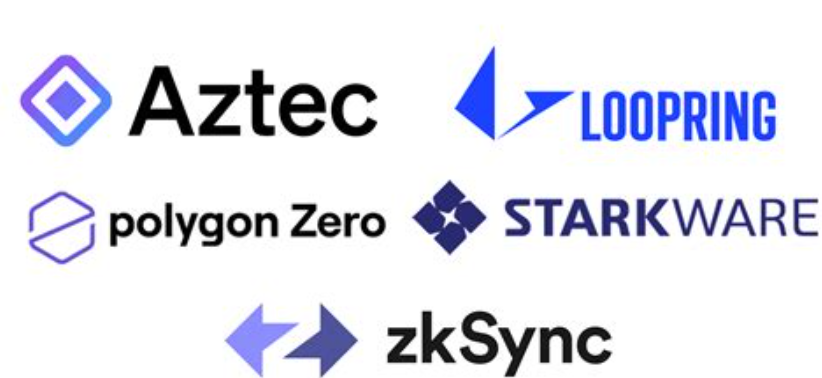News
What are Rollups and How Will They Scale Ethereum?
Summary: The rollup is a scaling solution that is not widely known, yet is critical to making Ethereum once again fast and cheap. Let’s take a look at what rollups are, the different types of rollups, and what types of projects are utilizing them as a layer 2 solution. It is no secret that Ethereum currently ...
The rollup is a scaling solution that is not widely known, yet is critical to making Ethereum once again fast and cheap. Let’s take a look at what rollups are, the different types of rollups, and what types of projects are utilizing them as a layer 2 solution.
It is no secret that Ethereum currently has scaling issues. In the past couple of years, as Ethereum has become more popular, there are more transactions being made, causing congestion on the network. Since there is a fixed amount of data that can be fit in one Ethereum block, demand for transactions has caused the price for transactions to skyrocket to the point where only users with tens of thousands of dollars can realistically use Ethereum as it was intended. As a consequence, alternative layer 1s such as Binance Smart Chain, Avalanche, and Solana have been created, which sacrifice decentralization for higher transaction throughput and lower costs. This has proven to be a successful strategy, as these blockchains have stolen a significant amount of market share from Ethereum. If Ethereum wants to remain as the king of smart contract platforms, it has to scale.

Fortunately, rollups offer a solution. A rollup is a scaling technology that moves the execution of transactions off the Ethereum blockchain but still posts the transaction data on the blockchain. Each of the transactions that take place using rollup technology are executed on a separate blockchain, then their data is compressed into a single transaction on Ethereum, resulting in a “rolling up” of the transaction data into one compressed transaction. By moving the computationally-intensive execution off the main chain and compressing the transaction data, there is more room in each block for transactions, thus resulting in a cheaper experience for users.
When first learning about rollups, it may be confusing to understand how the rollup transactions can be secure if they are executed off the main Ethereum chain. Each rollup has a method of proof verification, whereby anyone can look at a transaction and verify its legitimacy. The method by which these transactions are verified is the main difference between the two main types of rollups, optimistic rollups and ZK rollups.
The optimistic rollup is the more basic rollup type that uses a fraud proof model. By default, any transaction that takes place on an optimistic rollup is assumed to be correct, hence the “optimistic” part of its name. Anyone who is able to perform an action that may be fraudulent must first stake a certain amount of Ethereum. If someone believes that a fraudulent transaction took place, the rollup will run a fraud proof and determine whether or not a fraudulent transaction occurred. If it did, the malicious actor will have their ETH stake slashed, and the user who found the fraud will be rewarded. If the accuser is incorrect and the transaction was not malicious, then the accuser will have their stake slashed. This system is optimal when there are honest transactions, as there is no extra work required. With the slashing penalties in place, it is likely that honest transactions will occur in most scenarios.

Withdrawing from an optimistic rollup to the main Ethereum chain takes around seven days, since there has to be a challenge period in which anyone can accuse transactions of fraud.
Optimistic rollups are the simpler of the two types and thus have been more widely adopted. They can be seen in layer 2s such as Optimism, Arbitrum, and Boba Network.

Zero knowledge, or zk, rollups are more technical and take a different approach to fraud resolution. Instead of assuming each transaction is valid by default, they include a cryptographic proof known as a SNARK with each batch of transactions, and these proofs can be quickly validated by the main chain. Due to this added technical complexity, making zk rollups that are also EVM compatible, meaning they natively support Ethereum smart contracts, is quite difficult. They are also more computationally-intensive than optimistic rollups, and thus require more powerful hardware to run. However, unlike optimistic rollups, there is no withdrawal delay from the rollups, since there is proof of valid transactions.
Some of the projects building zk rollup solutions include Loopring, zkSync, and Polygon’s Hermez.

Though both optimistic and zk rollups are still fairly new, they are already helping Ethereum scale to handle thousands of transactions per second. In the future, it is likely that nobody will use main chain Ethereum and instead will opt for a rollup solution. With both Ethereum 2.0’s upgrades and the use of rollups, Ethereum should be able to scale to 100,000 transactions per second, which should be plenty to handle the millions of users that Ethereum may one day see.
By Lincoln Murr
Tags: Arbitrum,Ethereum,Optimism,Optimistic Rollups,Polygon
Link: What are Rollups and How Will They Scale Ethereum? [Copy]